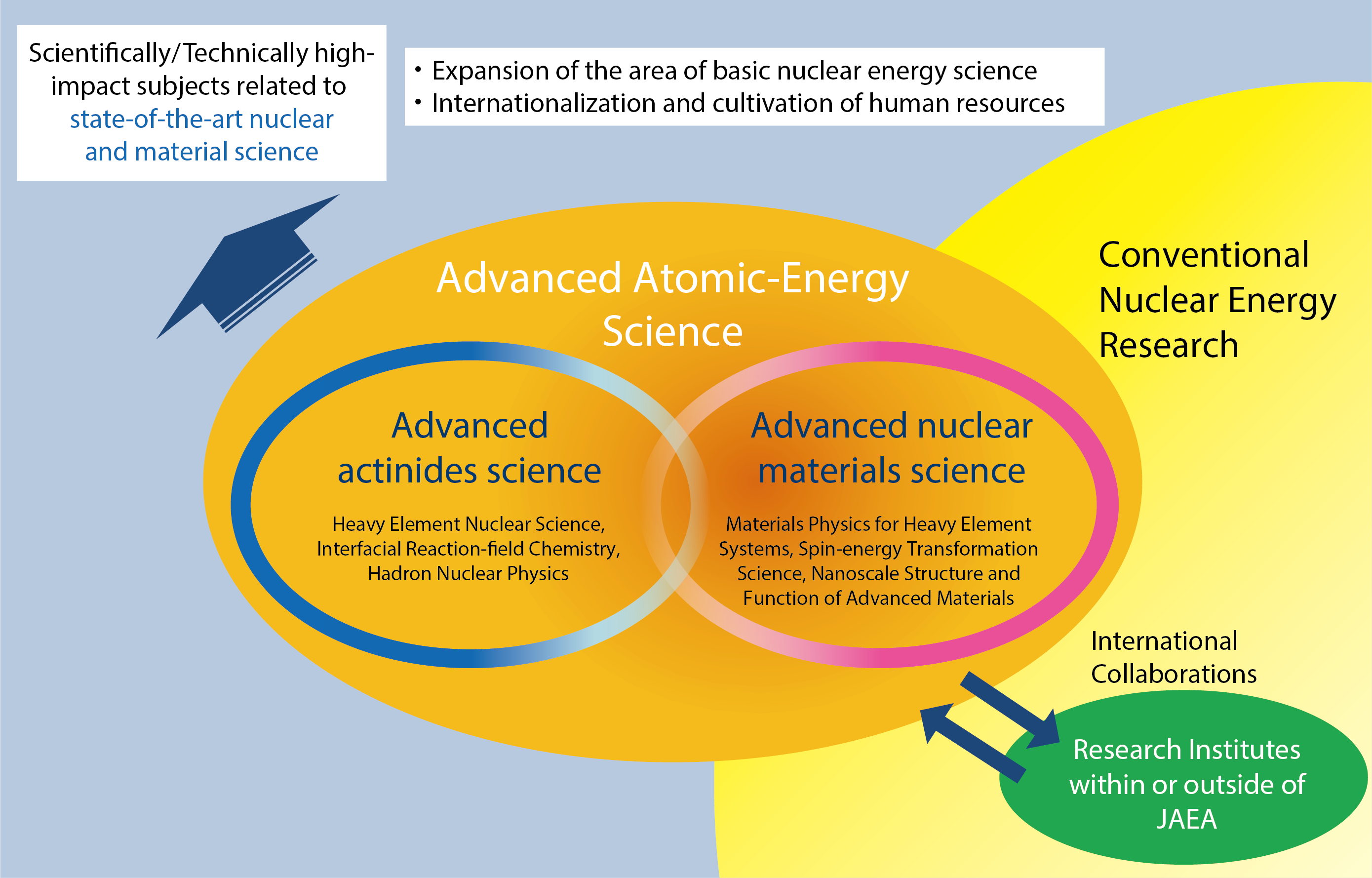
Fig.3-1 The role of advanced nuclear scientific research
A greater part of nuclear-energy-related technology is grounded on basic science. Besides seeking solutions to today’s energy problems, future research must respond to the new stage of nuclear-energy development expected in the next few decades.
The Advanced Science Research Center (ASRC) explores the unlimited possibility of nuclear energy from the perspective of basic science. During this process, we aim to establish new research fields and further develop the existing science and technology.
We started our mid-term plan in FY2015, focusing on two main areas: advanced actinides science and advanced nuclear materials science. The former aims to conceptualize nuclear and heavy-element-based actinide science in a new way. In the latter research, we are investigating and developing new materials for nuclear-energy purposes. Through interactions between the two areas and collaboration with research institutes within and outside of JAEA, we are cultivating new fields of nuclear-energy science (Fig.3-1).
We have made numerous highlighted achievements during FY2017. Through our advanced actinides science, we elucidated the role of multi-chance fission at high energies in fission-fragment mass distributions measured in the JAEA tandem accelerator (Topic 3-1). This technique is expected to reduce nuclear waste by nuclear transmutation. In our biochemical research, we found an interesting relation between a novel complexation and the sorption of heavy elements on Paramecium cells (Topic 3-2). At J-PARC, we precisely measured new γ rays from a hypernucleus of fluorine (Topic 3-3). Hypernuclei measurements can uniquely probe the structures of nuclear matter, particularly those of neutron stars.
Substantial results have also been obtained by advanced nuclear materials science. A new electronic state was revealed by high-resolution nuclear magnetic resonance measurements at cryogenic temperatures (Topic 3-4). This result will likely provide guidelines for exploring practical superconductors. By investigating a special relativistic effect in materials (the so-called Rashba effect), we found that the magnetism direction in a special class of antiferromagnets differs between the inside and the surface of the sample. This property is potentially exploitable as a magnetic-anisotropy control of magnetic materials (Topic 3-5). Finally, in a neutron scattering experiment, we monitored the spin current in an insulator by measuring the magnon density of states (Topic 3-6).
The ASRC considers that developing human nuclear resources with expertise and demonstrating their total abilities via basic nuclear research are vital.